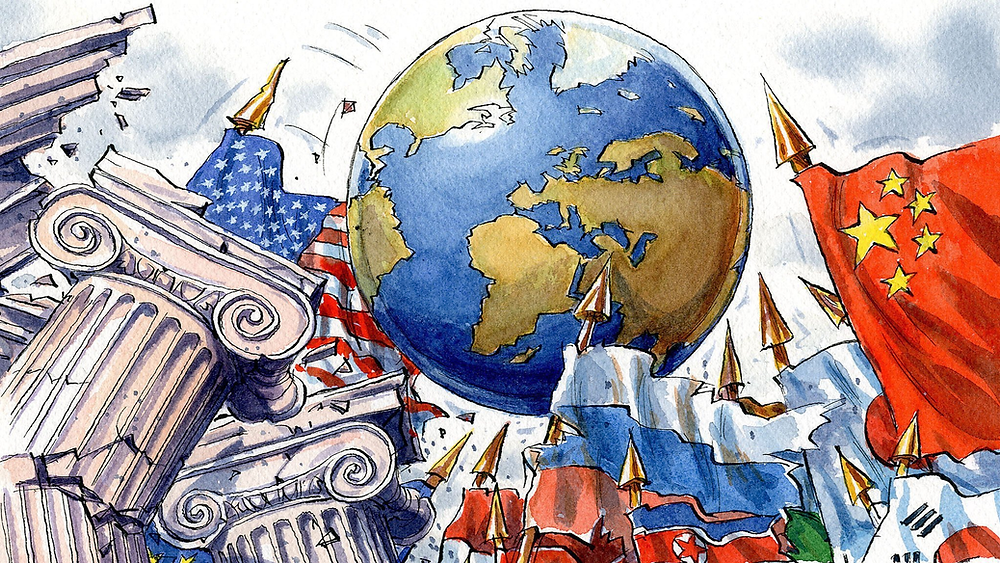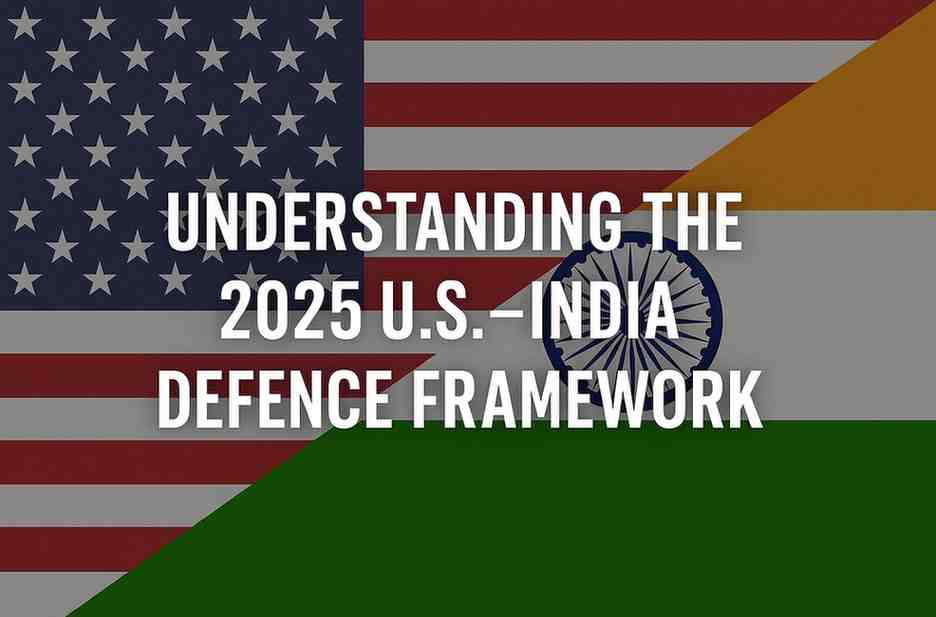In the annals of modern history, the post-World War II era has been characterized by the ascendancy of the United States, shaping what historians have termed the American Century. Over the decades, the United States has emerged as the predominant global power, exerting influence across economic, military, geopolitical, and cultural spheres. Despite the emergence of alternative power centers, a meticulous analysis reveals that the world order remains predominantly unipolar, with the United States firmly positioned as the fulcrum. This article will delve into the multifaceted dimensions of American hegemony, exploring diverse indicators and examining the resilience of US dominance in the face of emerging challenges.
The aftermath of World War II witnessed the United States ascending to unparalleled economic, military, and technological prominence. The establishment of pivotal institutions such as the International Monetary Fund (IMF), the World Bank, and the North Atlantic Treaty Organization (NATO) solidified American influence on the global stage. The ideological confrontation with the Soviet Union during the Cold War further bolstered America’s position as the preeminent defender of democratic values and freedom.
The United States stands atop the global economic hierarchy with a Gross Domestic Product (GDP) of $27.97 trillion (nominal; 2024 est.), a testament to its economic prowess and resilience. This economic behemoth is further bolstered by a defense budget exceeding $1.60 trillion USD, a figure that surpasses the cumulative military expenditures of the next several leading nations. This financial fortitude not only underpins its military capabilities but also serves as a cornerstone for its global leadership.
The dominance of the United States extends beyond mere numbers; it permeates strategic sectors and innovative industries. American corporations such as Apple, Google, and Microsoft stand as paragons of technological innovation, shaping global trends and driving economic growth. Moreover, the United States leads the world in research and development (R&D) investment, fostering a fertile environment for groundbreaking discoveries and technological advancements.
The military might of the United States is unrivaled, underscored by an extensive network of military installations spanning nearly 750 bases across 80 countries. This global footprint grants the US unparalleled power projection capabilities, enabling it to swiftly respond to emerging threats and safeguard its national interests. The commitment to Research and Development (R&D) further reinforces America’s military superiority, ensuring it remains at the forefront of technological innovation in defense.
The United States Armed Forces boast cutting-edge equipment, advanced weaponry, and highly trained personnel, all contributing to its dominance on the battlefield. Strategic alliances with key partners bolster US military capabilities and extend its reach, exemplifying its role as a linchpin of global security architecture.
Membership in prestigious international organizations such as the United Nations (UN), Group of Twenty (G20), Quadrilateral Security Dialogue (QUAD), and Australia, United Kingdom, United States Security Agreement (AUKUS), underscores the United States’ preeminent position in global affairs. These memberships afford the US a platform to assert its interests, influence decision-making processes, and shape international norms and policies.
Furthermore, the United States maintains a robust network of alliances and partnerships, spanning continents and encompassing both traditional and emerging powers. These alliances serve as force multipliers, enhancing US geopolitical influence and amplifying its capacity to address shared challenges, ranging from security threats to economic vulnerabilities.
Cultural exchange initiatives such as the United Global Reach and Academic Diplomacy (UGRAD) further amplify America’s cultural influence, fostering connections and building bridges between nations. The widespread dissemination of the English language as a lingua franca reinforces American cultural hegemony, facilitating communication, collaboration, and connectivity on a global scale.
The predominance of the United States on the global stage has been instrumental in fostering stability and peace, a stark departure from the tumultuous dynamics of past eras characterized by bipolar and multipolar configurations. In the current unipolar world order, the clear hierarchy of power enables swift and decisive action to uphold stability and address emerging challenges.
This stability is further reinforced by the deepening economic interdependence among nations. The interconnectedness of economies encourages cooperation and dialogue, as countries recognize the mutual benefits of trade and collaboration. By fostering economic ties, the United States helps mitigate the likelihood of major conflicts, as nations have a vested interest in preserving stability to safeguard their economic interests.
The Hegemonic stability theory provides valuable insights into the mechanisms through which a dominant power fosters order in the international system. According to this theory, the presence of a preeminent entity encourages openness to trade and investment, as well as the establishment of institutional frameworks that facilitate cooperation and conflict resolution. In the case of the United States, its status as the primary global power incentivizes other nations to engage in peaceful interactions and adhere to international norms and agreements.
Upon thorough examination, it is evident that the prevailing global order maintains a predominantly unipolar structure, with the United States firmly entrenched as the primary global power. Despite the emergence of alternative centers of influence, the United States continues to maintain a significant lead across critical indicators of power. This underscores the enduring nature of American hegemony, which will persist as the principal force shaping global affairs in the foreseeable future.
The evidence supporting the notion of a unipolar world order is compelling and multifaceted. Across economic, military, geopolitical, and cultural domains, the United States consistently demonstrates its unparalleled influence and dominance.
Ascent of China is often portrayed as a potential challenge to US hegemony, the indicators of American dominance remain robust. China’s economic rise has been characterized more by integration than aggressive expansionism, contributing to stability within the existing unipolar framework. However, achieving parity with the United States across all domains, including economic, military, and cultural, represents a Herculean task that may necessitate a protracted timeframe.
While alternative poles of influence may arise, the enduring strength and resilience of the United States across various domains underscore its continued hegemony. As the principal arbiter of global affairs, the United States will continue to wield significant influence and shape the trajectory of international relations in the years to come.
In conclusion, the world order remains predominantly unipolar, with the United States retaining its hegemonic perch across multifarious domains. The stability and harmony engendered by a unipolar world order, coupled with the sustained dominance of US indicators of power, reaffirm the enduring nature of American hegemony. As we navigate the complexities of the 21st century, it is evident that the United States will continue to wield substantial influence, charting the trajectory of the global landscape for generations to come.

Azyan Afzal
Azyan Afzal is a student at the National University of Modern Languages (NUML), Pursuing a BS degree in International Relations. His areas of interest are South Asia as a region, the Middle East (Exploring the Saudi-Iran rapprochement and Israel -Palestine conflict ), and the Indo-Pacific region.
- Azyan Afzal#molongui-disabled-link













